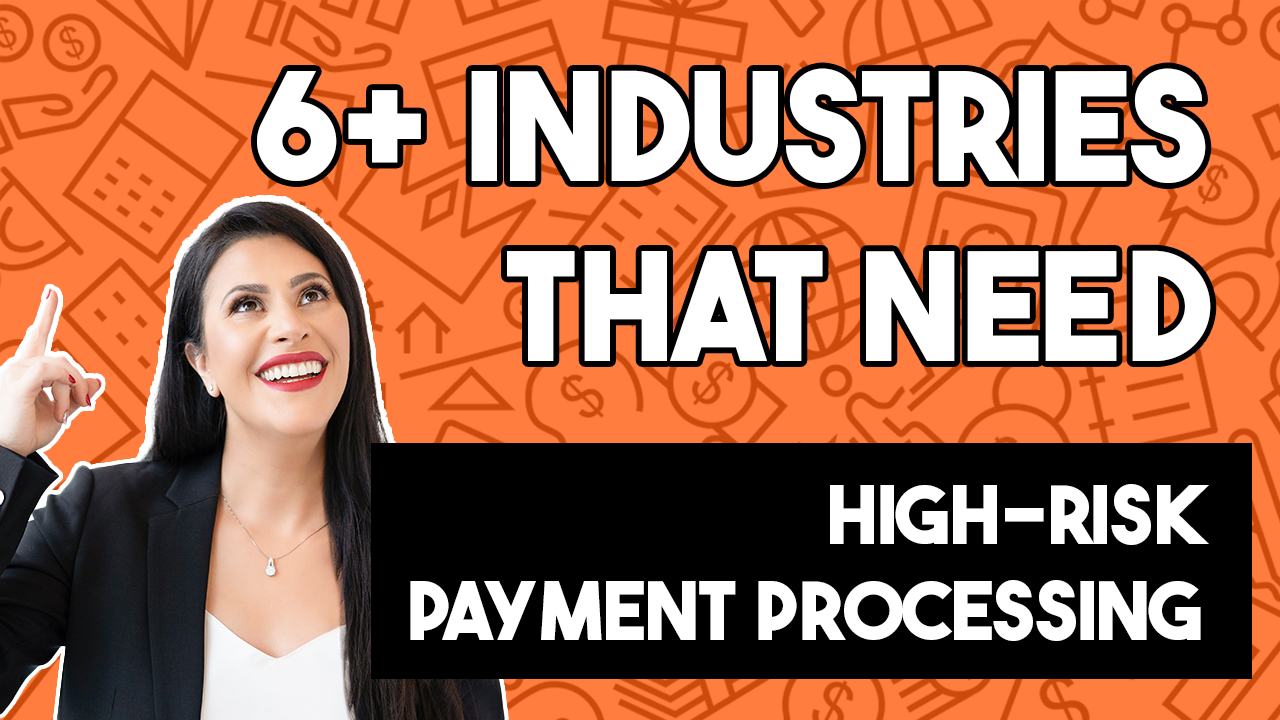Category: PAYMENTS
-
The Power of Prime on Shopify, How Merchants Should Handle Amazon’s Buy with Prime Checkout
The checkout experience often serves as the ultimate determinant of whether a browsing visitor becomes a loyal customer. The right balance between speed, security, and familiarity can make all the difference. And now, with the exciting collaboration between Shopify and Amazon, integrating the “Buy with Prime” feature, the landscape is shifting once again. For Shopify…
Written by

-
How to Migrate from One Payment Processor to Another Without Losing Data
Merchant Accounts, MERCHANT SERVICES, Payment Processing, PAYMENTS, TRANSACTIONS, VOLUME DISTRIBUTIONYour payment platform is the heartbeat of your e-commerce operation, enabling transactions, securing sensitive data, and providing a seamless checkout experience for your customers. But what happens when your current payment service provider no longer meets your business needs? Or when a new processor comes along offering better functionality, pricing, or scalability? The answer lies…
Written by

-
Boost Your Bookings with 3 Simple Vacation Rental Payment Rules
The way vacationers book and pay for their dream getaways has changed in the past decade. Ensuring a smooth and reliable payment experience has never been more crucial for those in the vacation rental business. Whether you’re an Airbnb host, a property owner with a scenic beach house, or a professional vacation rental manager, understanding…
Written by

-
These Industries REQUIRE High Risk Credit Card Processing
Not all businesses are treated equally by payment processors. High-risk businesses are subjected to stricter monitoring due to the higher risk of chargebacks and fraud. But not every merchant knows if they’re high risk or not. If your Stripe account was recently terminated or your merchant account application has been repeated denied, it’s because you…
Written by

-
Stripe Fees Are Killing Your International Business — Solution!
Between high rates, international credit card processing fees, and conversion fees, Stripe’s transaction fees might literally be killing your business. As an international seller, Stripe won’t allow you to set your default currency in the market you may sell in, which means you pay more for no reason. But there are solutions available that lead…
Written by
